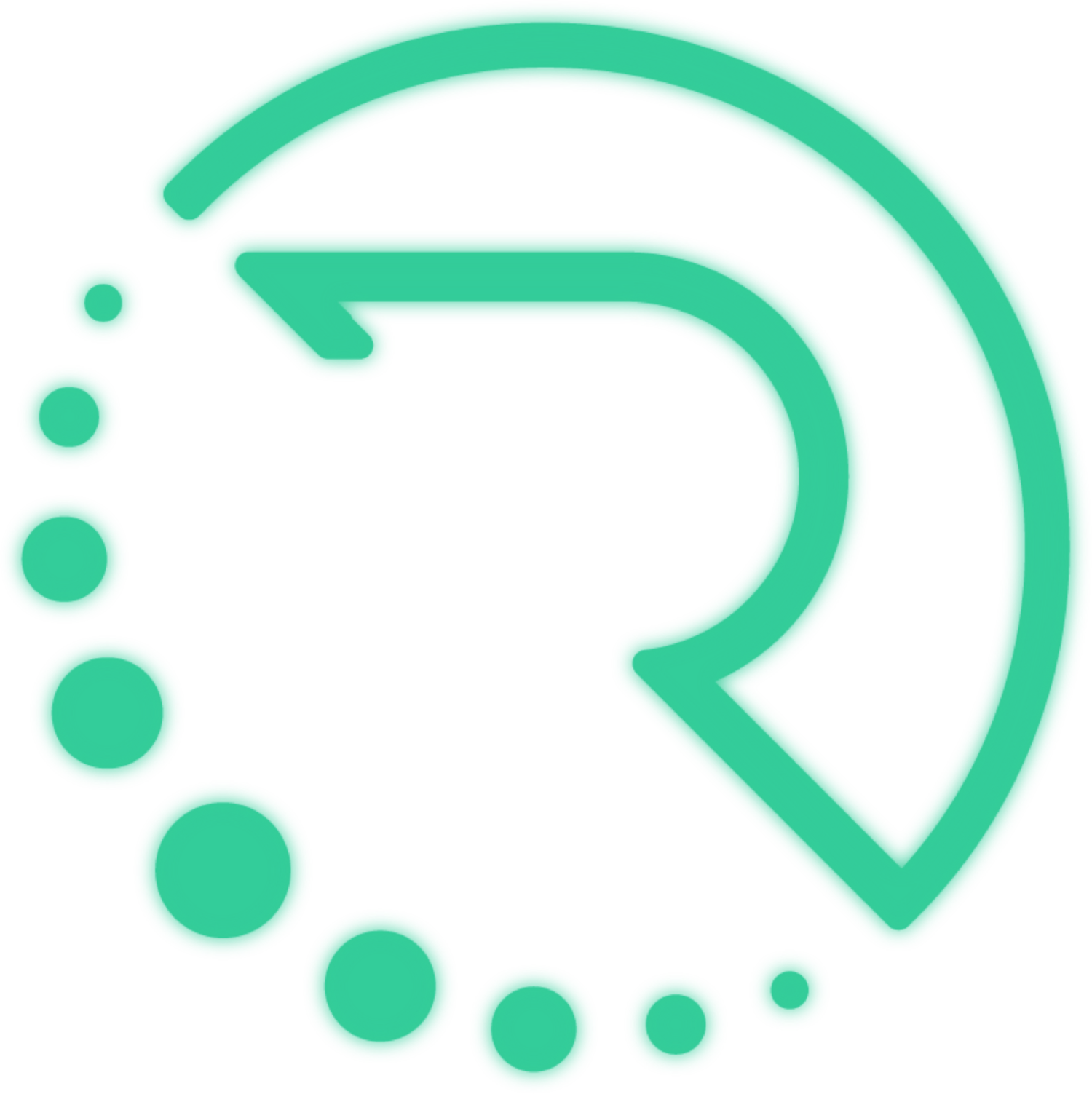How the brain sends signals to the body to make it move
The brain is responsible for initiating and controlling movement in the body. This process involves the transmission of signals, or action potentials, from the brain to the muscles via the nervous system. The nervous system is composed of two main parts: the central nervous system (CNS) and the peripheral nervous system (PNS).
The CNS consists of the brain and spinal cord, while the PNS is composed of nerves that extend from the CNS to the muscles and organs throughout the body. The PNS is further divided into the somatic nervous system, which controls voluntary movement, and the autonomic nervous system, which controls involuntary functions such as heart rate and digestion.
The process of initiating movement begins in the motor cortex, a region of the brain responsible for controlling voluntary movement. When the brain sends a signal to move, neurons in the motor cortex fire action potentials, which travel down the axons of the neurons and into the spinal cord.
Once the action potentials reach the spinal cord, they synapse with motor neurons, which are responsible for controlling muscle movement. The motor neurons then send action potentials down their axons to the muscles, where they trigger the release of neurotransmitters such as acetylcholine.
The release of acetylcholine causes the muscles to contract, generating force and producing movement. This process is regulated by sensory feedback from the muscles and joints, which informs the brain about the position and movement of the body.
In addition to the motor cortex, other regions of the brain are also involved in movement control. The cerebellum, for example, is responsible for coordinating movement and maintaining balance, while the basal ganglia are involved in initiating and controlling movement sequences.
In summary, the brain sends signals to the body to initiate movement through a complex process involving the transmission of action potentials from the motor cortex to the muscles via the spinal cord and motor neurons. The process is regulated by sensory feedback from the muscles and joints and involves other regions of the brain, such as the cerebellum and basal ganglia, which are responsible for coordinating and controlling movement.
